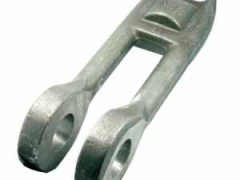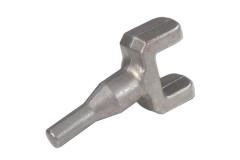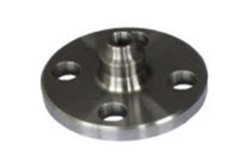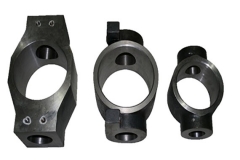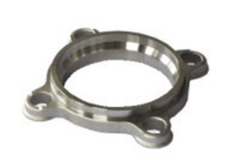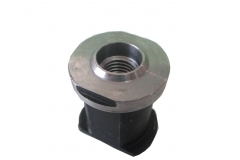Hot Forging
ForceBeyond provides superior quality hot forging parts and components for a wide range of industries including automotive, food dairy, machinery, medical, plumbing, watering, mining, petrochemical, electrical, energy, aerospace, submarine and others.
Hot forging is known to produce some of the strongest manufactured parts and components compared to other metal manufacturing processes. We produce hot forging parts and components from a few grams to more than a few hundred kilograms. For hot forging parts with special surface finish requirements, we provide a broad range of secondary operation including machining, surface finishing, etc.
What Is Hot Forging?
Hot forging requires the metal to be heated above its recrystallization temperature. This allows for the flow stress and energy required to form the metal to lower, effectively increasing the rate of production (or strain rate). Hot forging aids in making the metal easier to shape as well as less likely to fracture.
Iron, along with its alloys, are almost always hot forged for two main reasons: #1) If work hardening progresses, hard materials (such as steel and iron) will become more difficult to work with, and #2) It is a more economical option to hot forge metals such as steel and then follow with heat treatment processes as metals such as steel can be strengthened through other processes (and not necessarily just cold working processes).
Average temperatures for hot forging includes: Aluminum (Al) Alloys – 360° (680°F) to 520°C (968°F); Copper (Cu) Alloys – 700°C (1 292°F) – 800°C (1 472°F); Steel – up to 1 150°C (2 102°F)
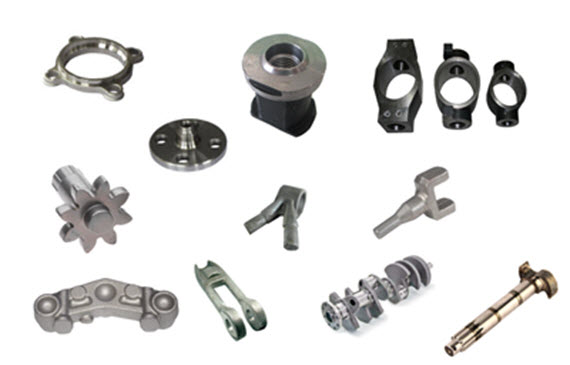
How are Hot Forgings Made?
During hot forging, the temperature reaches above the recrystallization point of the formed metal. As the step of plastically deforming the metal above the recrystallization temperature, these high temperatures are required in order to avoid strain hardening during deformation. This process typically involves heating the metal (above its recrystallization point) and then comminuting it into a mold that can also be heated as needed. Because the metal is hot, it is easy to “move” and enables manufacturers to make more complex shapes than cold forging.
For superalloys, which have low malleability, processes such as isothermal forging (deformation in a controlled atmosphere) are used to avoid oxidation. Isothermal forging, also known as hot forging, is a thermal processing process that keeps a workpiece at its maximum temperature throughout the forming process.
Maintaining this temperature is done by heating the mold – it will be at an elevated or slightly lower temperature of the workpiece. The force applied by the mold forms the workpiece, and because the mold is also at an elevated temperature, the cooling of the workpiece between the mold working interfaces is eliminated. This in turn leads to an improvement in the flow properties of the metal (work piece).
Advantages of Hot Forging
- Increased ductility
- Complex shapes
- High precision
- Cost benefit
- Enhanced stiffness
- Size: 1 in to 30 in
- Weight: Ounces to more than 100 pounds
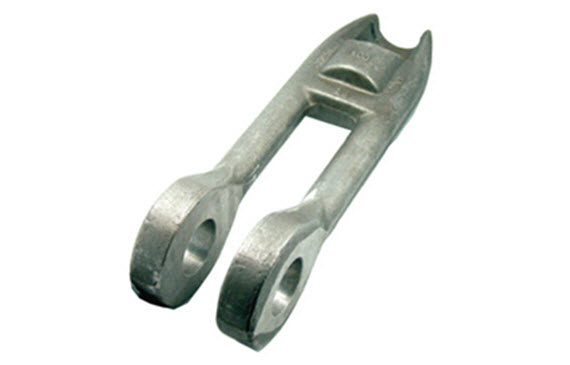
| Material | Characteristics | Application |
|---|---|---|
| Stainless Steel | Corrosion-resistant |
|
| Low Carbon and Low Alloy Steel | Easily processed Good mechanical properties Low material cost |
|
| HSLA/Microalloy Steel | Good mechanical properties Low material cost Simple thermomechanical treatment |
|
| Aluminum | Good strength-to-weight ratio Readily forged |
|
| Aluminum A356.0 | Good strength-to-weight ratio Readily forged |
|
| Nickel-Base Superalloy | Oxidation resistance Creep-rupture strength |
|
| Titanium | High strength Low density Excellent corrosion resistance |
|
Secondary Operations and Heat Treatment of Hot Forging We Offer
- High precision machining
- Punching, drilling, tapping, bending, milling
- Painting, anodizing, black oxide, powder coating
- Heat treatment
Sources
- American Foundry Society. “Metal Casting”
- Wikipedia. “Investment Casting“, “Sand Casting“
- efunda. “Sand Casting“
- The Investment Casting Institute. “What is Investment Casting?“
- The Library of Manufacturing. “Investment Casting“
- Forging Industry Association “Forging Industry“
Our Internal Resources for Die Casting, Investment casting, Forging and Sand Casting
- Die Casting
- Aluminum Die Casting
- Zinc Die Casting
- A356 Aluminum Casting with T6 Heat Treatment
- Magnesium Die Casting
- Investment Casting
- Stainless Steel Casting
- Duplex Stainless Steel Casting
- Super Duplex Stainless Steel Casting
- Titanium Casting
- Carbon & Low Alloy Casting
- Forging
- Cold Forging
- Hot Forging
- ECO BRASS C69300 Brass Forging
- Sand Casting (Aluminum Sand Casting, Ductile Iron Sand Casting, Gray Iron Sand Casting)
- Specialty Fittings and Fasteners
- Precision CNC Machining and Secondary Operations

